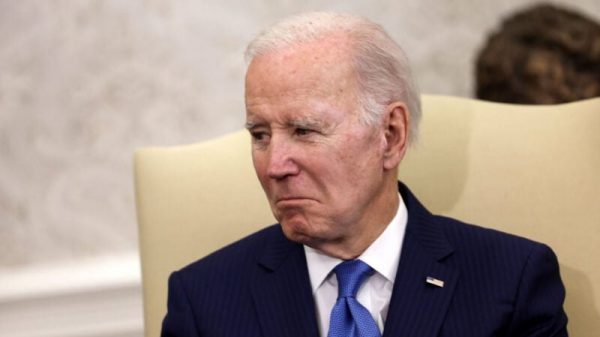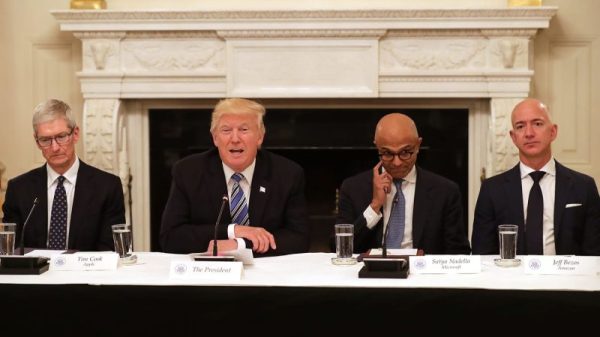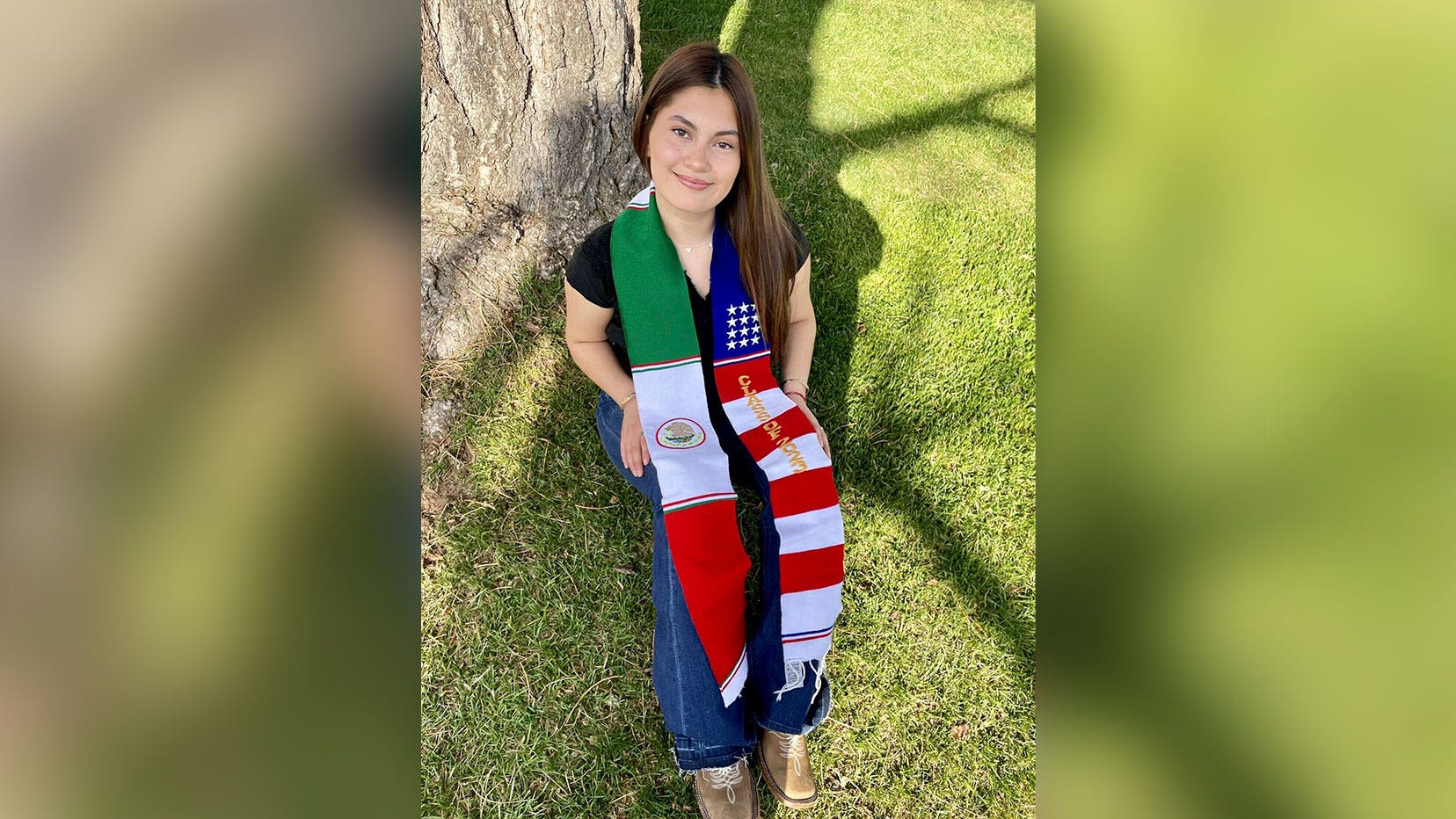Balancing Patriotism and Cultural Expression: The Controversy Surrounding Flag Sashes at Graduation
Introduction:
In a recent ruling, a judge has granted a school district the authority to prohibit a student from wearing a Mexican and American flag sash at their graduation ceremony. This decision has sparked a heated debate, raising questions about the delicate balance between patriotism and cultural expression. As the nation grapples with issues of identity and inclusivity, this case serves as a poignant reminder of the challenges faced by educational institutions in fostering an environment that respects both national pride and individual heritage.
The Case:
The case revolves around a student’s desire to wear a sash adorned with both the Mexican and American flags during their graduation ceremony. While the student argues that the sash represents their dual heritage and celebrates their cultural identity, the school district maintains that it violates their dress code policy, which prohibits any attire that may be deemed disruptive or offensive.
The Ruling:
In a ruling that has ignited a firestorm of controversy, the judge sided with the school district, asserting that the dress code policy is within their rights to maintain decorum and prevent potential disruptions during the graduation ceremony. The decision has drawn criticism from those who argue that it infringes upon the student’s freedom of expression and undermines the importance of cultural diversity.
The Debate:
This ruling has reignited the ongoing debate surrounding the balance between patriotism and cultural expression in educational settings. Supporters of the school district’s decision argue that graduation ceremonies should be a unifying event, where students come together to celebrate their achievements as a collective. They contend that allowing students to wear flag sashes representing different countries may inadvertently create divisions and detract from the overall purpose of the ceremony.
On the other hand, opponents argue that cultural expression is a fundamental right that should be protected and celebrated. They believe that allowing students to wear flag sashes not only acknowledges their individual heritage but also promotes a sense of inclusivity and respect for diversity. They argue that by stifling such expressions, educational institutions risk sending a message that certain cultures are less valued or welcome.
Moving Forward:
As this case continues to generate widespread attention, it serves as a catalyst for a broader conversation about the role of cultural expression in educational settings. It prompts us to reflect on how we can strike a balance between fostering national pride and embracing the rich tapestry of diverse cultures within our society.
Perhaps it is time for educational institutions to revisit their dress code policies and consider more inclusive guidelines that allow students to express their cultural identities without compromising the integrity of graduation ceremonies. By engaging in open dialogue and finding common ground, we can create an environment that celebrates both patriotism and cultural diversity, ensuring that every student feels seen, heard, and respected on their special day of achievement.


























